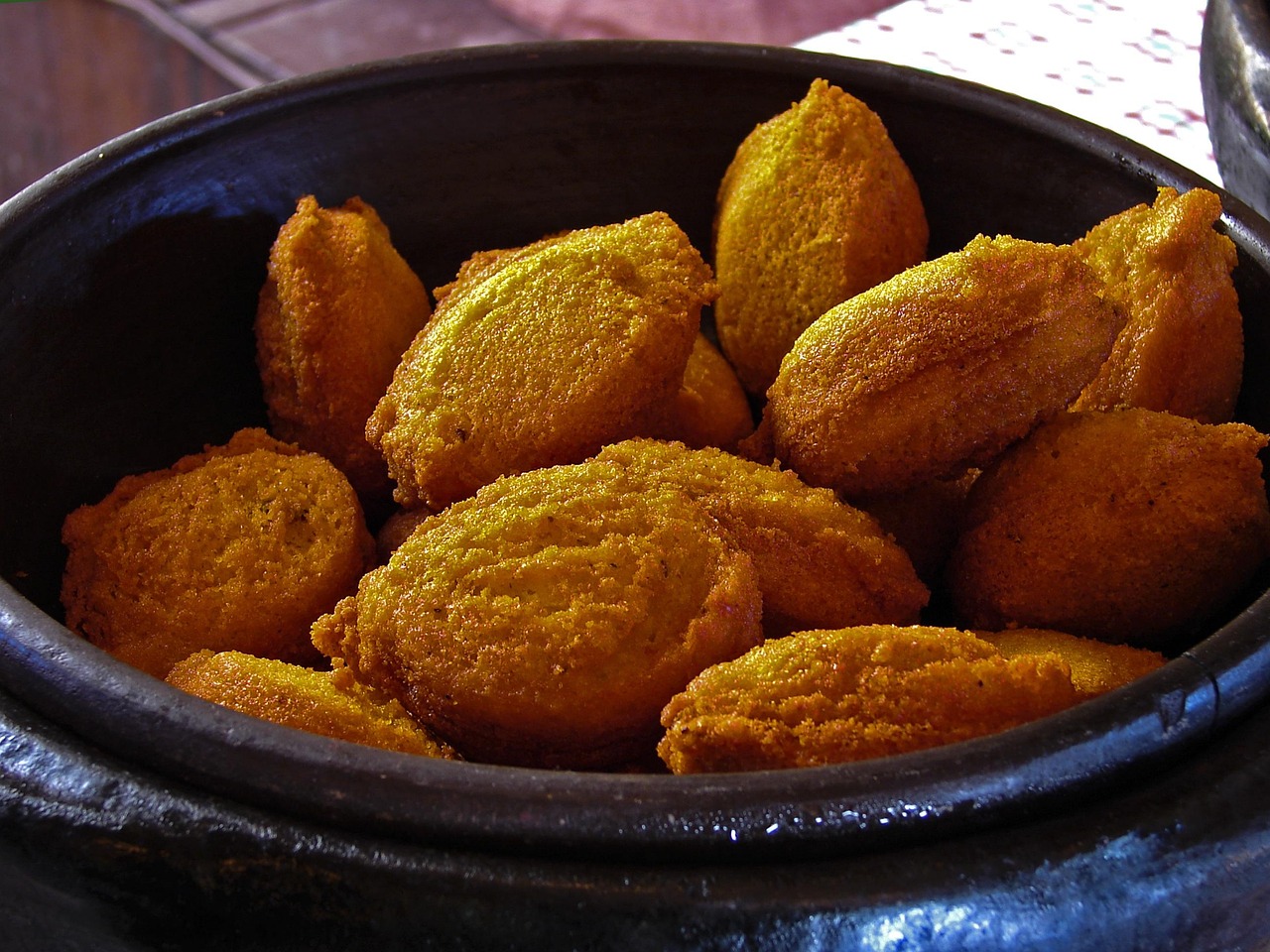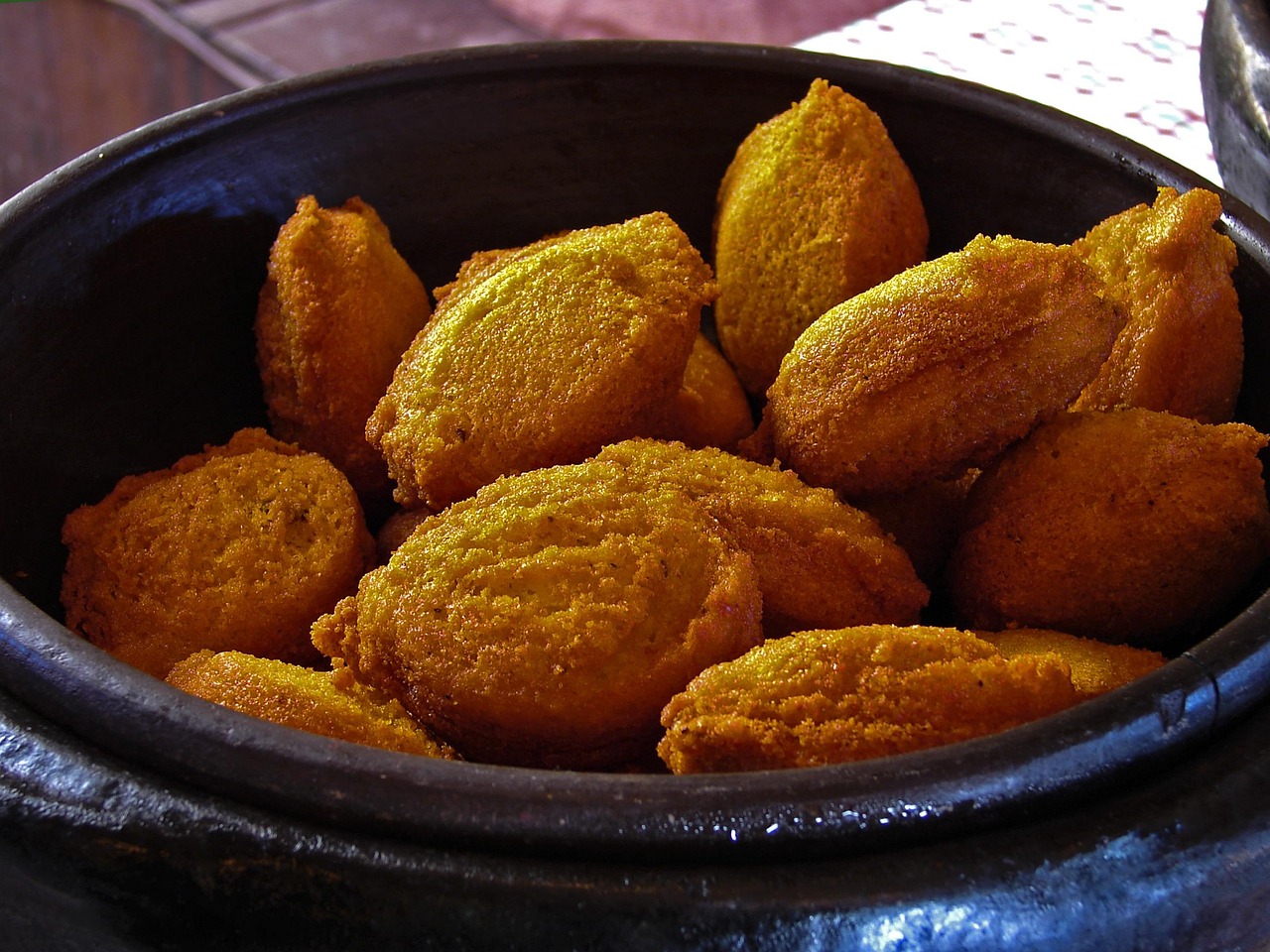Welcome to the fascinating world of gastronomy! Food is not just a necessity; it's a cultural expression that varies from one society to another. Today, we're going to delve into the art of translating the essence of food culture into English, a language that connects people from all corners of the globe. Let's embark on this flavorful journey together.
Understanding Food Culture
Imagine food as a language itself, with each dish telling a story about the people who created it, the ingredients they used, and the traditions that have been passed down through generations. Food culture is a reflection of history, geography, and social customs. It's the way people come together to celebrate, mourn, and share life's moments.
The Importance of Accurate Translation
When translating food culture into English, accuracy is key. Mistranslations can lead to misunderstandings, which is the last thing we want when discussing something as universal and beloved as food. For instance, the Italian dish "carbonara" is often mistakenly translated as "carbonara pasta," but the correct translation should simply be "carbonara," as the name itself is a cultural identifier that doesn't need further explanation.
Capturing the Flavor with Words
To effectively translate food culture, we must capture not just the names of dishes but also the flavors, textures, and the overall dining experience. Let's take the Japanese "sushi" as an example. Sushi is more than just "vinegared rice with fish"; it's an art form that involves the balance of flavors, the freshness of ingredients, and the presentation that is as much a part of the meal as the taste itself.
Using Vivid Examples
When translating, it's helpful to use vivid examples that resonate with the reader. For example, if you're translating the concept of "street food," you might describe it as "the culinary heartbeat of a city," where the aromas of grilled meats, sizzling vegetables, and simmering sauces create a symphony of flavors that is as much a part of the urban landscape as the buildings and streets.
Simplifying Complex Concepts
Sometimes, food culture involves complex concepts that are difficult to translate directly. Take "umami," a term that describes a savory taste that is difficult to define. Instead of getting lost in the intricacies, you might say "umami is the depth of flavor that makes a dish memorable, like the rich, satisfying taste of a perfectly seasoned broth."
Providing Cultural Context
Cultural context is crucial when translating food culture. For example, when translating the concept of "dim sum," it's not enough to say "small plates." You should also mention that it's a social custom in Chinese culture, where families and friends gather over tea and a variety of bite-sized dishes, enjoying the food and each other's company.
Practical Tips for Translation
-
Research: Understand the cultural significance of the food you're translating. Is it a holiday dish? A regional specialty? Knowing the background can help you choose the right words.
-
Taste Tests: If possible, try the dish yourself or find someone who has. firsthand experience can give you a better understanding of the flavors and textures.
-
Consult Native Speakers: They can provide insights into the nuances of the language and help you avoid common pitfalls.
-
Use Descriptive Language: Instead of just translating the name, describe the dish in a way that makes the reader's mouth water.
-
Be Respectful: Food culture is deeply personal and tied to identity. Be sensitive to the origins and traditions associated with the food you're translating.
Conclusion
Translating food culture into English is more than just a language exercise; it's a culinary adventure that bridges cultures and connects people through the universal language of food. By capturing the essence, flavor, and cultural significance of dishes, we can share the joy of food with a global audience. So, the next time you sit down to a meal, remember that every bite is a story waiting to be told, and every translation is a chance to share that story with the world. Bon appétit!











